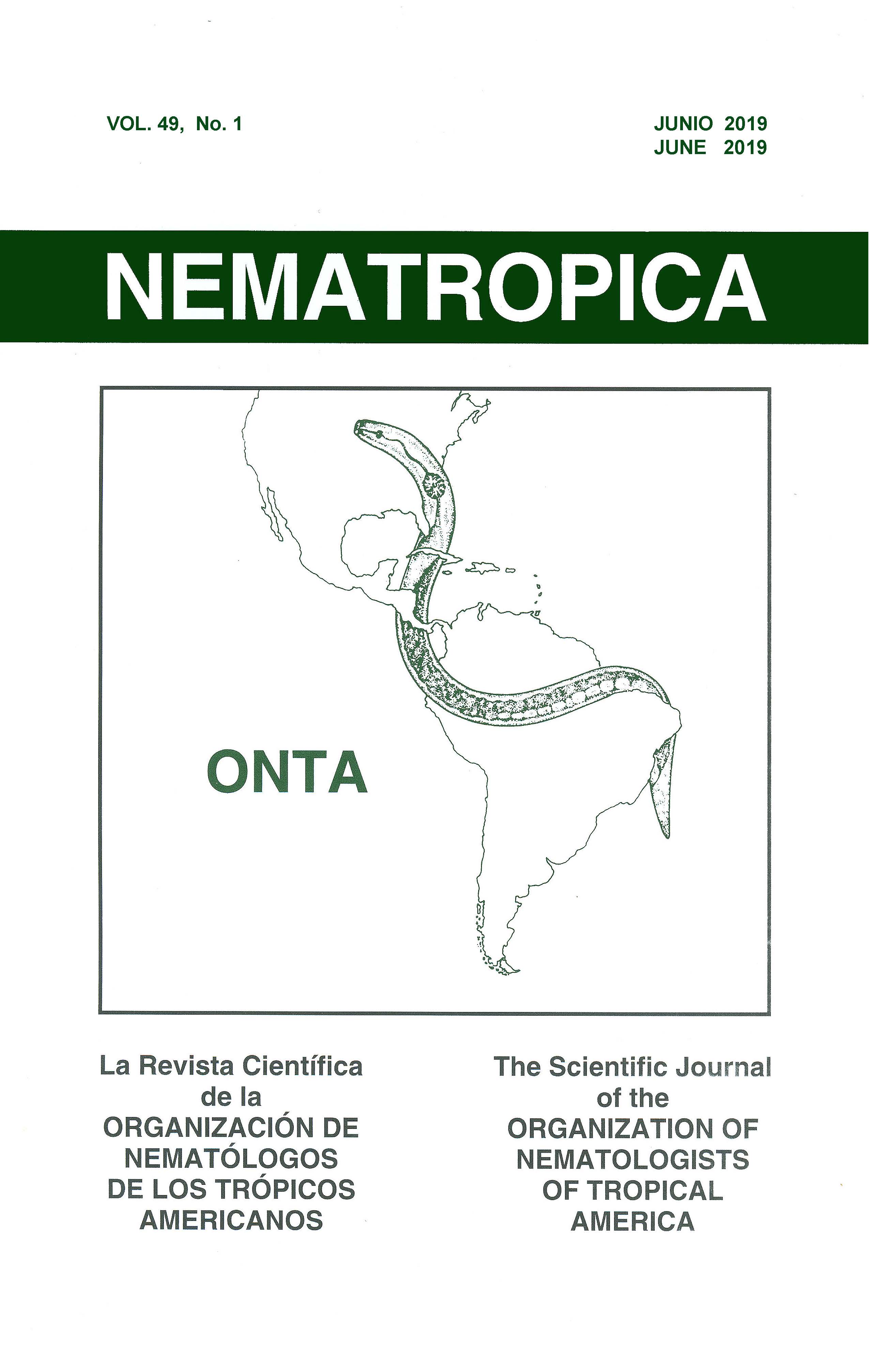INCIDENCE OF APHELENCHOIDES BESSEYI IN RICE IN LOUISIANA AND HOST STATUS OF THE MOST WIDELY PLANTED CULTIVARS
Abstract
Aphelenchoides besseyi, the causal agent of white tip disease of rice, has been considered a minor pest of rice during the past 50 years in the United States. Recently, this nematode has been found in a number of quarantine samples in Louisiana and Arkansas. The objectives of this research were to determine incidence of this nematode in commercial seed sold to producers in Louisiana and to determine the host status of major rice cultivars currently produced in the state. During 2015-2016, a total of 216 seed samples, representing 3 medium grain, 18 long grain, and 4 long grain hybrid rice cultivars, were examined for A. besseyi. The nematode was detected in 12% of the samples, and the highest incidence occurred on long grain hybrids with 30% of the 63 samples infested. Nineteen-week-duration greenhouse studies were conducted to evaluate reproduction of the nematode and pathogenicity to three medium, three long grain, and three long grain hybrid rice cultivars currently popular in Louisiana. Reproductive values of the nematode ranged from 11.9 to 2.9 for medium grain cultivar Jupiter and long grain hybrid XL 753, respectively. Grain weights of Jupiter, CL 111, and XL 753 rice plants inoculated with A. besseyi were reduced below those of non-inoculated controls (P<0.01). The nematode reduced plant height of all cultivars (P<0.01). Plant weights of Jupiter, CL 111, CL 152, XL 745, and XL 753 were reduced when inoculated with A. besseyi. Germination and seedling growth studies conducted in the laboratory and greenhouse indicated that A. besseyi reduced medium grain Jupiter seed germination by 27% with a decrease in the germination index on 6 of the 9 cultivars evaluated.

